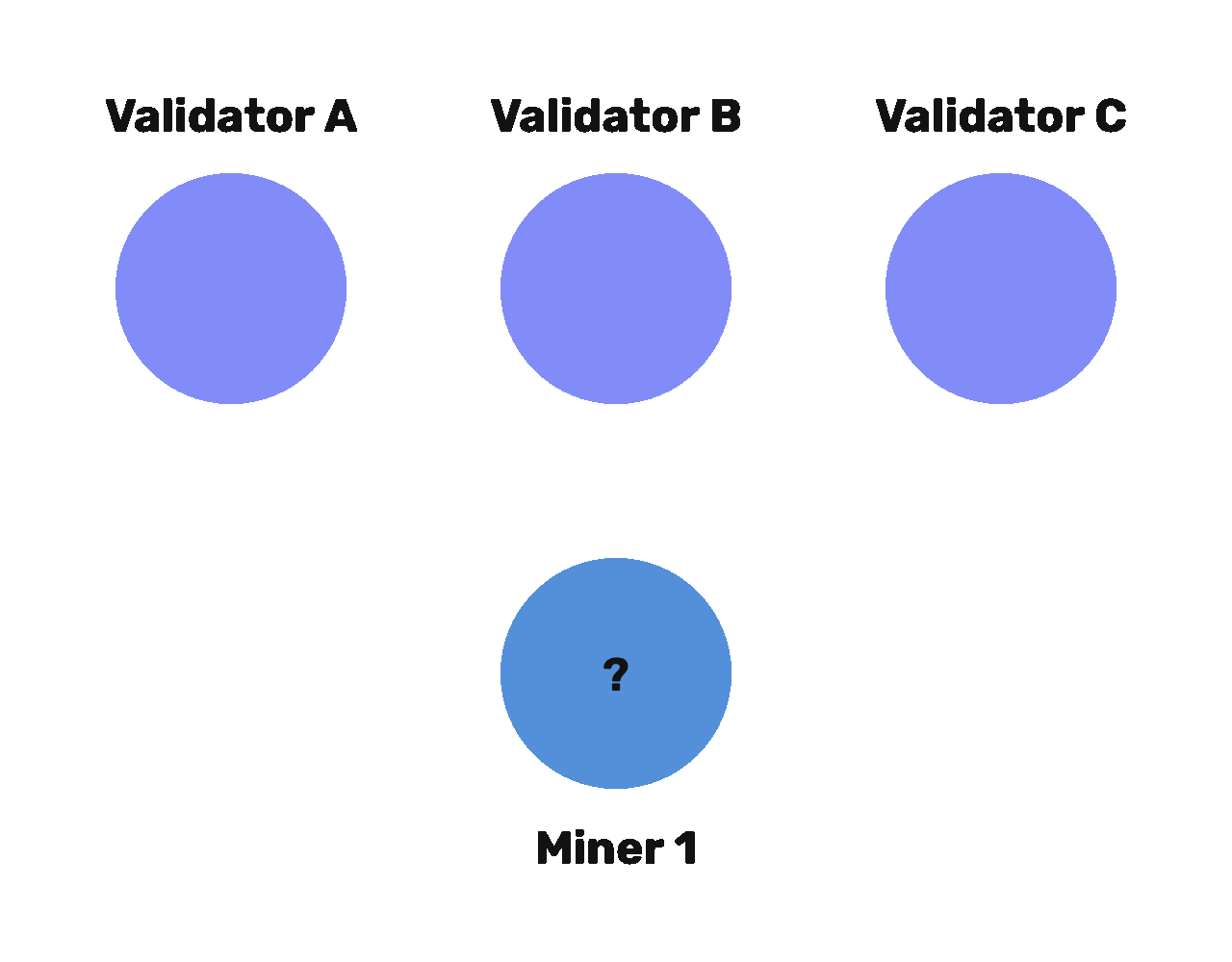Yuma Consensus
Bittensor's method for fairly distributing rewards by measuring miner performance through validator scores.
Yuma Consensus is Bittensor's method of a fair competition, where validators rate miner's based on their work. Validators give scores called "weights " to miners . These weights determine how rewards get shared across the subnet's miners.
Validators evaluate miners by giving them weights. But, not all weights carry the same importance. Validators with more TAO tokens have a stronger influence on the network's decisions. The consensus factors when assessing weights:
- How much TAO a validator has staked
- The actual quality of miners' work
- How consistently validators rate miners across the network
When a validator's weights differ significantly from the consensus, those weights get "clipped". Clipping reduces extreme weights to match the average weights set by all validators. This process decreases the voting power of validators who stray too far from network consensus.

When a validator gives much lower/higher weights to a miner compared to others, their weights get adjusted. The weights automatically get scaled up to the consensus average. This clipping process stops single validators from changing how rewards get shared. It prevents them from using unusual or biased ratings to manipulate the reward distribution.
Validators create a "trust score" called V-Trust by comparing their ratings. When validators rate miners similarly, they earn higher trust. This method stops people from giving unfair or random scores. Validators whose ratings match the network's overall view have more influence.
The amount of TAO a validator stakes determines their power in the network. Validators who invest more TAO can influence miner rewards more strongly. This approach ensures that people with more at stake have a bigger influence in guiding the subnet's direction.
Yuma Consensus protects against unfair manipulation in several ways:
- Voting is based on stake, which stops small groups from taking control
- Trust scores push validators to be consistent and honest
- Features like liquid alpha and commit-reveal incentivize validators to be honest and to not copy weights from others
